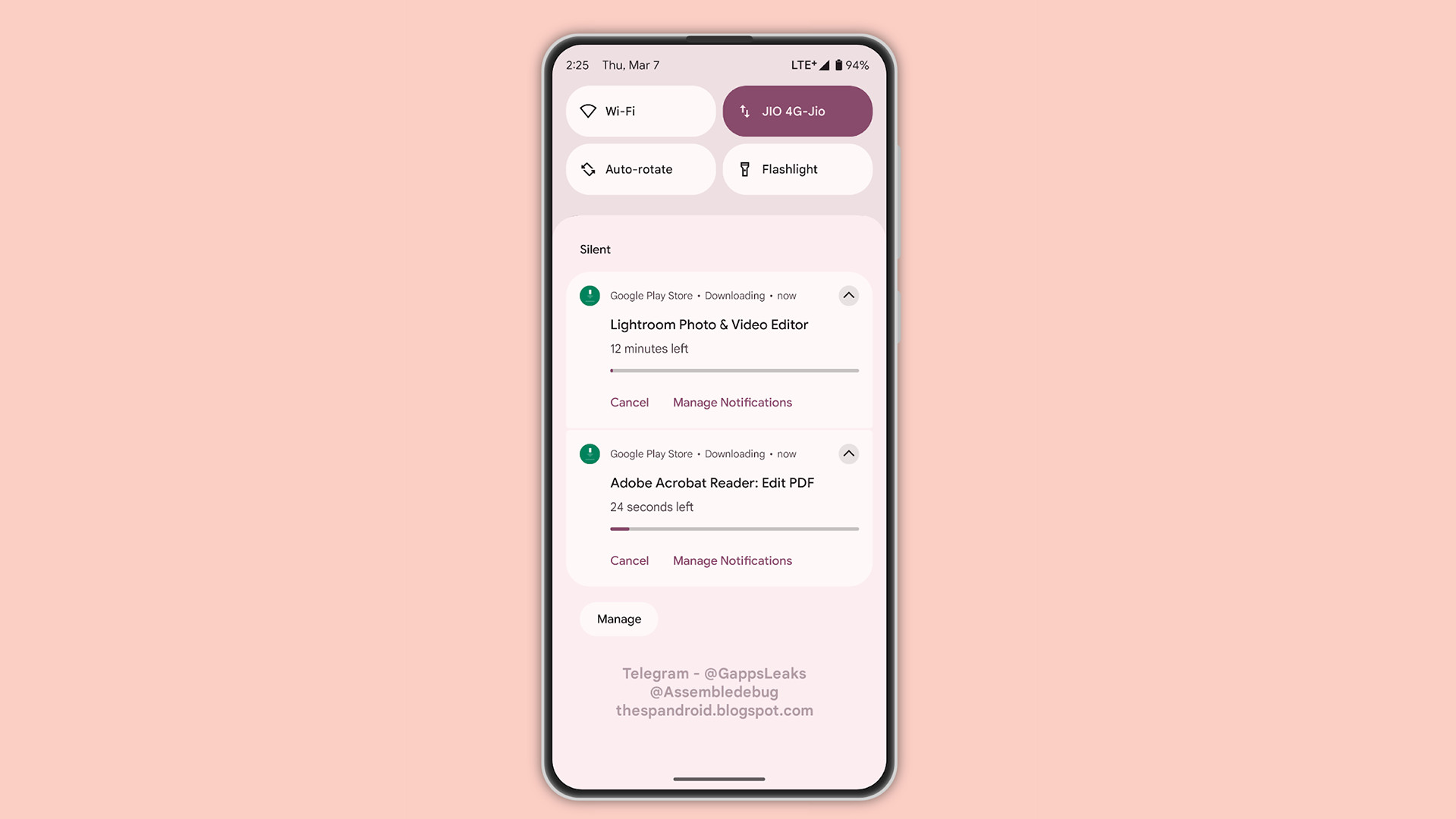Google is reportedly giving Parallel Download another shot after the feature reappeared in a recent Play Store update.
If you’re not familiar with it, parallel downloading would give Android users the ability to install multiple apps at the same time. The technology first appeared about four years ago when a Reddit user noticed that he could download Chrome, Google Photos and YouTube simultaneously on his mobile device. Since then, it has seemingly disappeared until it was discovered by industry expert Assemble Debug after diving into the files of Google Play version 40.0.13.

Current restrictions
He was surprised to see that it was fully functional. Screenshots on TheSpAndroid blog reveal that Assemble Debug was able to download Adobe Lightroom and Adobe Acrobat without issue. At first glance, the process works similarly to single app installations. The time it takes to get a piece of software on your phone depends on the size of the file.
While investigating further, Assemble Debug found that the feature was held back by several limitations. First, parallel download does not work for updates. If you want to download patches for multiple apps, you’ll need to do so individually. Nothing changes on that front.
Second, Google limits the amount of simultaneous installations to just two apps. Assemble Debug points out that the constraint is controlled by an internal flag. He disabled the tag and was able to increase the download limit to “five apps at once”.
It’s possible that Google could change the maximum number of installs at any time, but for now they’re keeping things small. There could be an increase in the future testing period.
Joining the early test
For those interested, it is possible to activate parallel download on your device by downloading the latest Play Store patch; however, the procedure is inconvenient. TheSpAndroid states that you will need a rooted Android smartphone. Rooting is not difficult to do, but it takes some time to achieve and you run the risk of completely destroying your hardware. If you want to learn how to do this, we have a step-by-step guide on how to root your Android phone.
Once that’s all done, you’ll need to enable a particular flag via the GMS Flags app, which you can find on GitHub. Details on how to do this can be found in TheSpAndroid’s report.
It is not known when this feature will officially launch. Considering the company is experimenting with side-by-side downloads again after so long, this could hint at an imminent release. Let’s hope that’s the case. The ability to mass install applications is a good quality of life upgrade. It can help new phone owners save a lot of time setting up their devices.
Speaking of which, check out TechRadar’s list of the best Android phones of 2024 if you’re looking to upgrade.